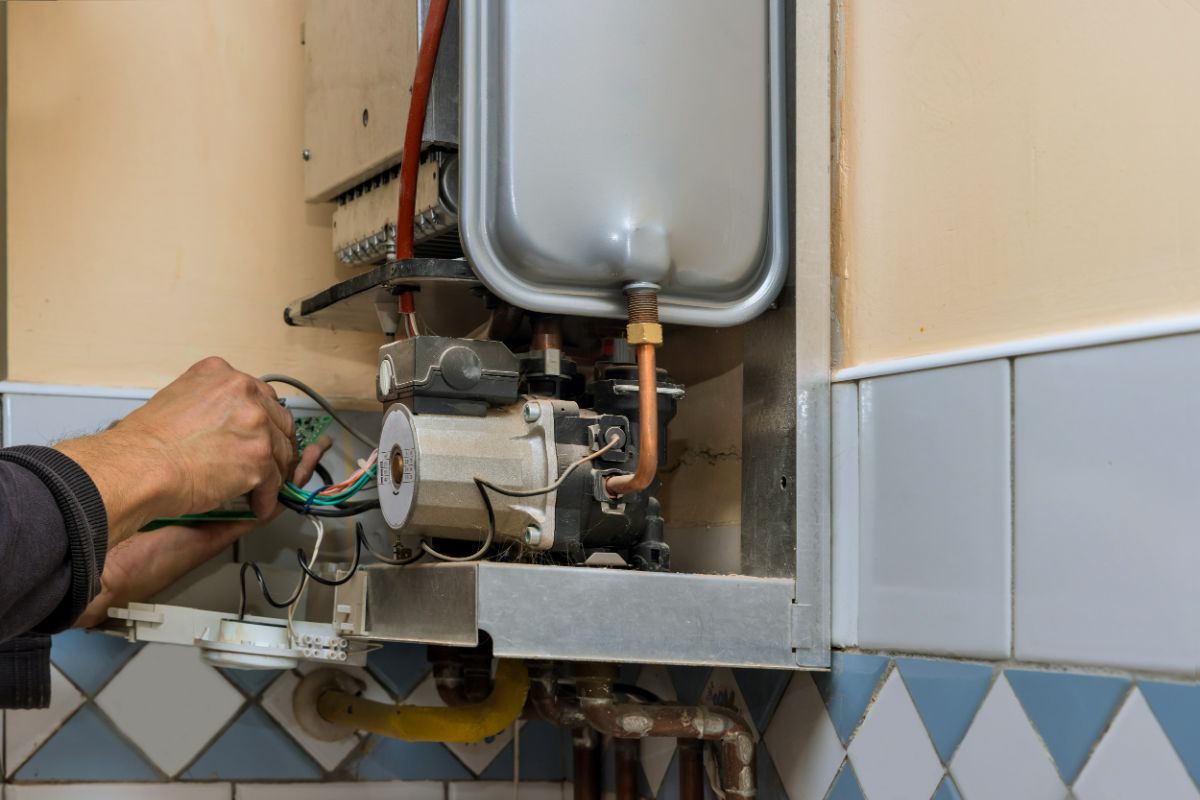Nearly everybody has his or her own opinion when it comes to What Kind of Maintenance Do Water Heaters Need?.

Hot water is vital for everyday comfort, whether it's for a rejuvenating shower or washing dishes. To ensure your hot water system runs efficiently and lasts longer, regular maintenance is key. This article provides practical tips and insights on how to maintain your home's warm water system to prevent interruptions and expensive repair work.
Intro
Keeping your home's warm water system could appear difficult, however with a few easy steps, you can ensure it runs efficiently for years to come. This guide covers everything from recognizing your warm water system to do it yourself upkeep pointers and understanding when to contact expert assistance.
Importance of Keeping Your Warm Water System
Normal upkeep not just prolongs the life expectancy of your warm water system yet likewise guarantees it operates effectively. Neglecting upkeep can lead to lowered effectiveness, higher power bills, and even premature failing of the system.
Indications Your Warm Water System Demands Maintenance
Knowing when your warm water system needs focus can stop major concerns. Watch out for signs such as irregular water temperature level, unusual sounds from the heating unit, or rusty water.
Recognizing Your Hot Water System
Prior to diving right into upkeep tasks, it's useful to recognize the standard elements of your hot water system. Normally, this includes the hot water heater itself, pipes, anode poles, and temperature level controls.
Regular Monthly Maintenance Tasks
Regular month-to-month checks can assist catch small problems before they escalate.
Purging the Water Heater
Purging your water heater removes debris accumulation, improving effectiveness and prolonging its life.
Monitoring and Replacing Anode Rods
Anode rods protect against rust inside the tank. Evaluating and changing them when worn out is essential.
Checking and Readjusting Temperature Settings
Changing the temperature level settings guarantees ideal efficiency and safety.
DIY Tips for Maintenance
You can do numerous maintenance tasks yourself to maintain your warm water system in leading problem.
Checking for Leakages
On a regular basis evaluate pipes and links for leaks, as these can bring about water damages and higher expenses.
Checking Stress Alleviation Valves
Examining the stress safety valve ensures it functions properly and prevents excessive stress build-up.
Shielding Pipelines
Protecting hot water pipes reduces heat loss and can conserve power.
When to Call an Expert
While DIY upkeep is helpful, some problems require professional expertise.
Complicated Problems Requiring Professional Aid
Instances include significant leakages, electrical problems, or if your water heater is regularly underperforming.
Routine Professional Maintenance Benefits
Professional maintenance can consist of complete assessments, tune-ups, and making sure compliance with safety standards.
Conclusion
Normal upkeep of your home's warm water system is vital for effectiveness, longevity, and cost savings. By adhering to these ideas and understanding when to seek expert aid, you can make certain a trusted supply of hot water without unforeseen interruptions.
How to Maintain an Instant Hot Water Heater
- Before tinkering with your hot water heater, make sure that it’s not powered on. You also have to turn off the main circuit breaker and shut off the main gas line to prevent accidents. Also turn off the water valves connected to your unit to prevent water from flowing into and out of the appliance.
- 2. When you’re done, you have to detach the purge valves’ caps. These look like the letter “T” and are situated on either side of the water valves. Doing so will release any pressure that has accumulated inside the valves while at the same time avoid hot water from shooting out and burning your skin.
- 3. When the purge valves’ caps are removed, you have to connect your hosing lines to the valves. Your unit should have come with three hoses but if it didn’t, you can purchase these things from any hardware or home repair shops. You can also get them from retail stores that sell water heating systems. Read the user’s manual and follow it to complete this task properly. When the hosing lines are connected, open the purge port’s valves.
- 4. You should never use harsh chemical cleaners or solutions when cleaning your unit. Make use of white vinegar instead. It should be undiluted and you’ll probably use about 2 gallons.
- 5. Now flush your water heater. This task should probably take about 40 minutes. We can’t give you specific directions for this because the procedure is carried out depending on the type, model and brand of your heater. With that being said, refer to the user’s manual.
- 6. When you’re done draining the unit, you have to turn off the purge port valves again. Remove the hosing lines that you earlier installed on each of the water valves. Put the valve caps (purge port) back in their respective places and be very careful so as not to damage the rubber discs that are found inside these caps.
- 7. Now that everything’s back in place, check your user’s manual again to find out how to reactivate your water heating system.
- 8. Once it is working, turn one of your hot water faucets on just to let air pass through the heater’s water supply pipes. Leave the tap on until water flows smoothly out of it.
https://www.orrplumbing.com/blog/2014/september/how-to-maintain-an-instant-hot-water-heater/

We hope you liked our piece about How to Maintain a Hot Water Heater in a Few Simple Steps. Thank you so much for taking a few minutes to read our content. In case you enjoyed our page plz make sure you remember to share it. We love your readership.
Book Today!
Comments on “Ways to Prolong the Lifespan of Your Home's Hot Water System By MaintenanceSteps on How to Care for Your Home's Hot Water System Effectively”